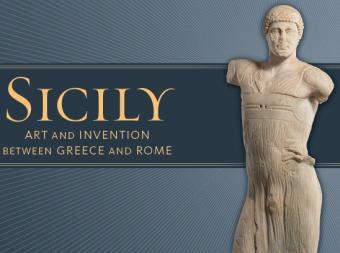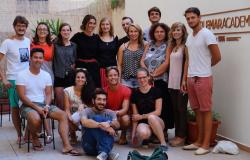The Getty Villa museum in Malibu, California is mounting an exhibition of masterpieces of ancient art from Sicily.
Called ‘Sicily: Art and Invention between Greece and Rome’, the show features more than 150 objects that bear witness to the athletic and military victories, religious rituals, opulent lifestyles, and intellectual attainments that shaped Classical culture at its peak.
At the crossroads of the Mediterranean, Sicily was home to powerful Ancient Greek colonies during the fifth to third centuries BC that forged a distinctive Hellenic identity. Former Greek colonies such as Syracuse, Gela, Akragas and Selinos emerged as wealthy city-states, where experimentation flourished. Innovations in art, architecture, theatre, poetry, philosophy and science left an enduring stamp on both mainland Greece and Rome.
Highlights of the exhibition include the fifth-century BC Auriga (charioteer) of Mozia marble sculpture, polychrome vases in delicate pinks and blues, and gold bracelets in the form of snakes. The concept of fiduciary coinage was invented in Sicily and among the prize exhibits is what is widely referred to as the world’s most valuable coin, the silver Aitna tetradrachm, minted in Sicily c. 465 BC.
‘Sicily: Art and Invention between Greece and Rome’ is part of an ongoing collaboration with the Assessorato dei Beni Culturali e dell’Identità Siciliana (Sicilian Ministry of Culture and Sicilian Identity) in which select artworks in need of conservation are taken to the Getty Villa for restoration. The Getty has borrowed exhibits for the show from a number of Sicilian museums and other international institutions.
The exhibition runs until 19 August and will go on tour to Ohio’s Cleveland Museum of Art from 29 September 29 to 5 January 2014.











